Xiaomi 14 review: new compact king?
This Leica-loaded smartphone majors on style

Stuff Verdict
Compact (but not too compact) competition for Android’s big hitters, with capable cameras and plenty of power. The Xiaomi 14 has carved out a very compelling niche.
Pros
- Distinctive, detailed rear camera trio
- Flagship power and battery life
- Colourful, detailed display
Cons
- HyperOS has a few quirks
- Design follows the crowd instead of trying something unique
Introduction
You really kept us waiting for a first taste of your latest smartphone generation, didn’t you Xiaomi? It debuted in China all the way back in October, yet it’s taken until now for the Xiaomi 14 to reach the rest of the world. A bunch of rivals have rocked up in the interim, bringing AI advancements and camera cleverness in equal measure.
That doesn’t mean the Xiaomi 14 has been left in the dust, though. With a cutting-edge Snapdragon CPU, imaging courtesy of photography specialist Leica, and a brand new take on Android, there’s plenty here to like. Plus it’s one of just a few phones that stays sensible when it comes to screen size.
After a few weeks of testing, it’s clear Xiaomi has found a niche that few rivals seem to be muscling in on. This small phone makes minimal compromises, and is all the better for it.
How we test smartphones
Every phone reviewed on Stuff is used as our main device throughout the testing process. We use industry-standard benchmarks and tests, as well as our own years of experience, to judge general performance, battery life, display, sound and camera image quality. Manufacturers have no visibility on reviews before they appear online, and we never accept payment to feature products. Find out more about how we test and rate products.
Design & build: flat is where it’s at
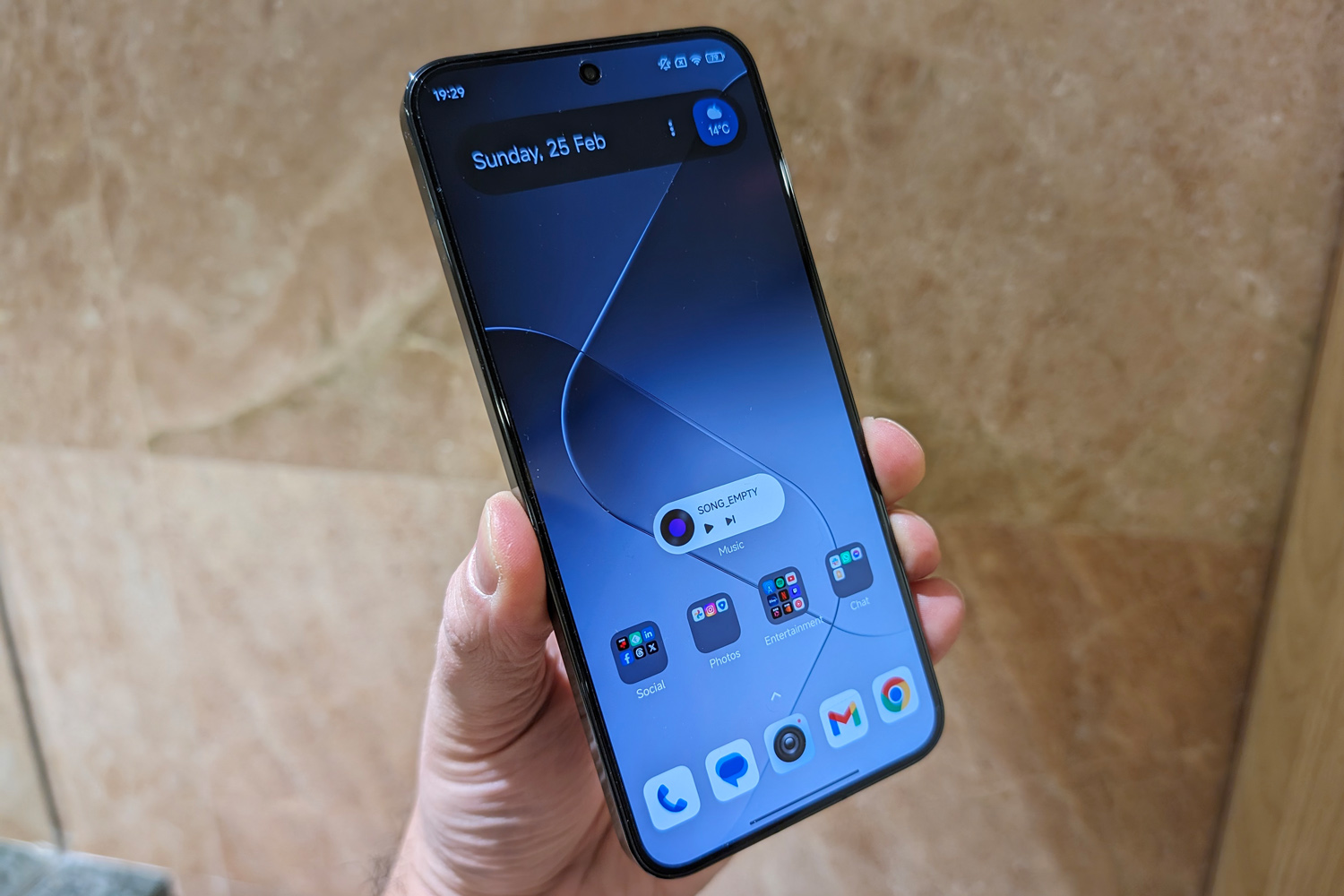
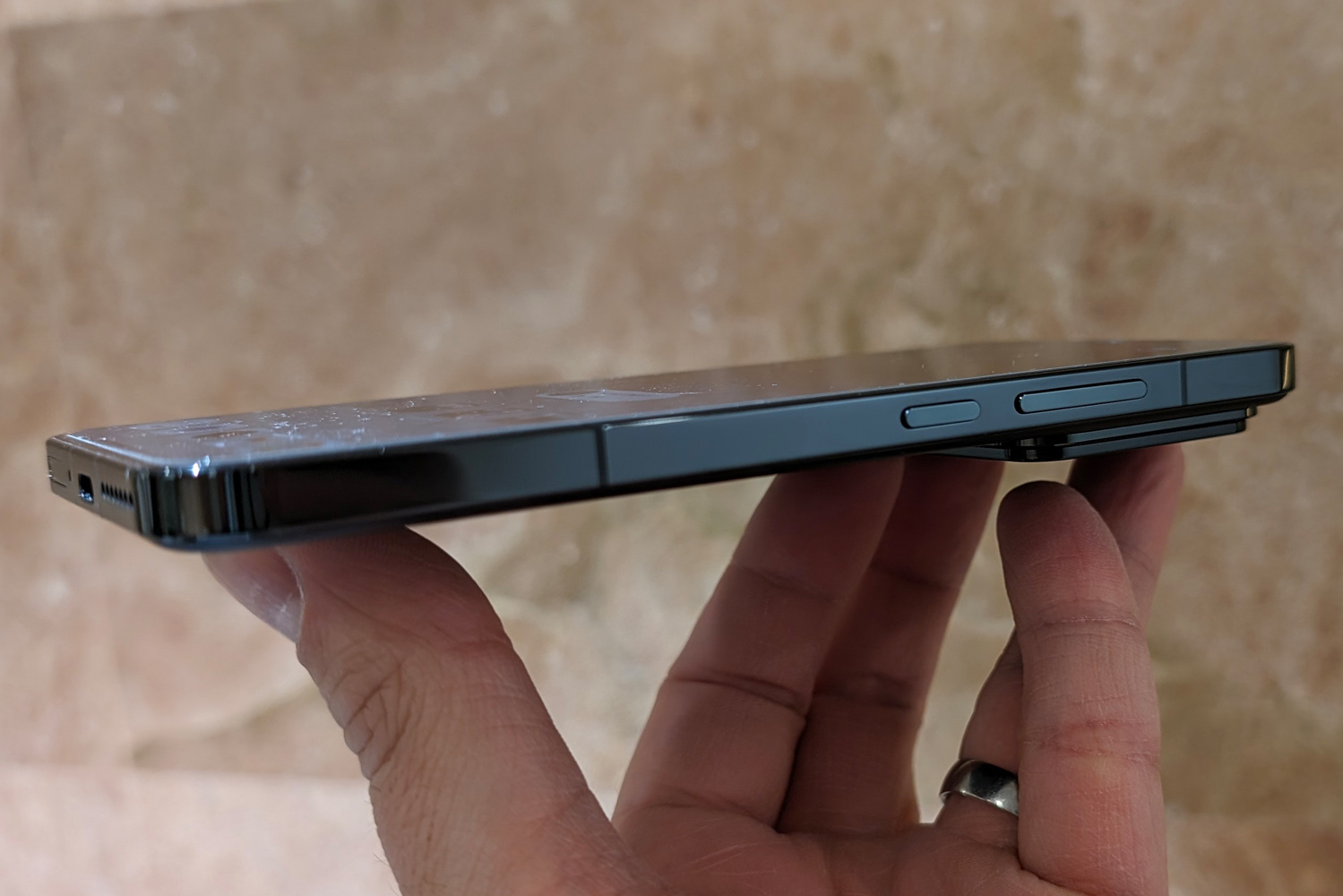
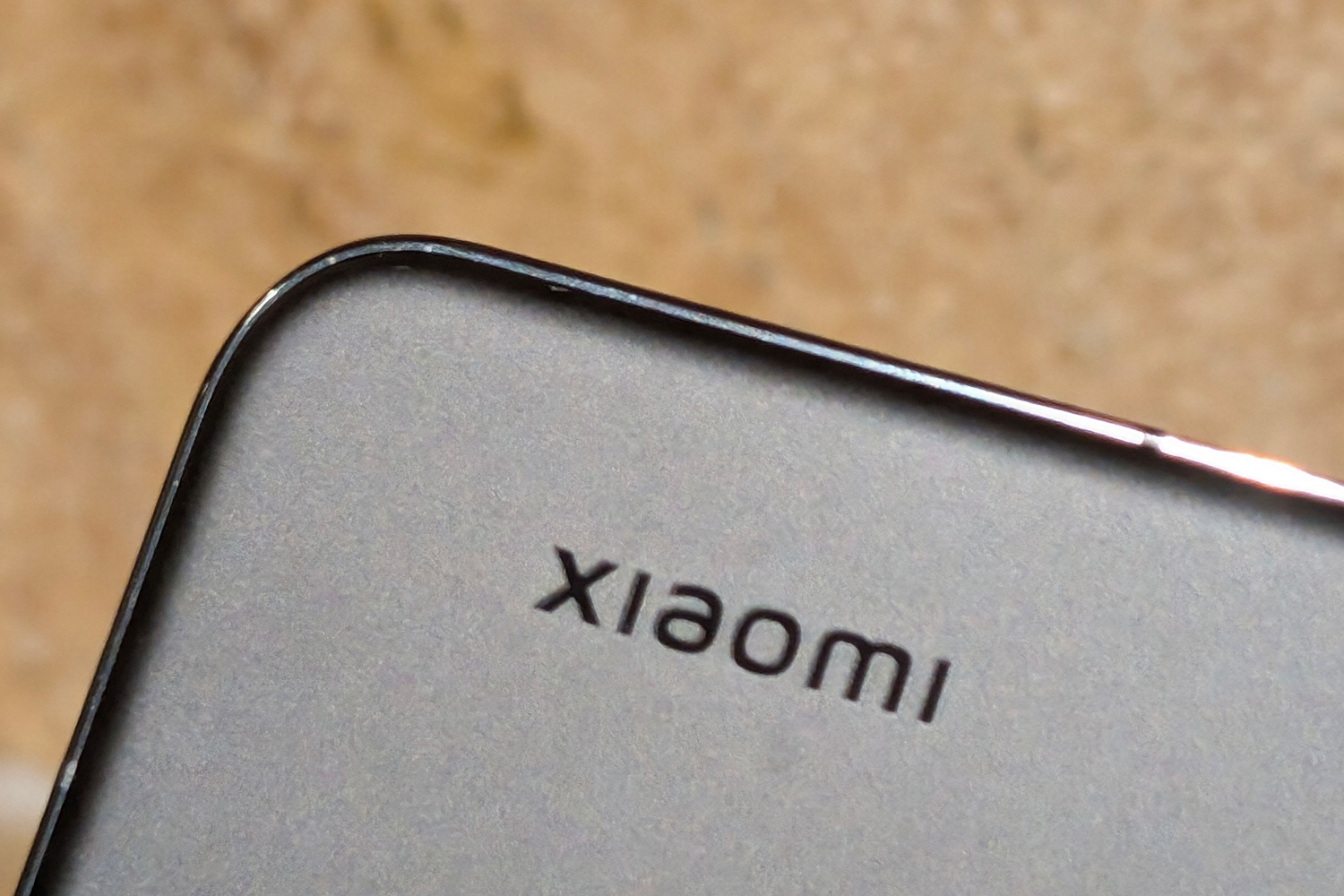
The Xiaomi 14 is more evidence the phone world is marching towards the singularity, where every handset looks the same no matter who made it. It shares the same flat glass rear, rounded corners and straight central frame as the Samsung Galaxy S24, and the Apple iPhone 15 before it.
At least the chunky square rear camera module sets the Xiaomi apart from its rivals, as does the 6.36in screen size. It’s larger than either an S24 or iPhone 15, yet still more palm-friendly than their Plus variants. The way the rear glass subtly curves into the polished aluminium frame is undeniably slick, too.
The matte finish is a bit grippier than other glass phones I’ve used, but not by a lot; you’ll want to use the bundled rubber case if you’re paranoid about dropping it. At least there’s Gorilla Glass Victus protecting the display up front, and the whole thing is IP68 dust and water resistant.
My black review unit does a good job of hiding the CE information plastered on the rear of the phone. It doesn’t dominate proceedings like it does on some of Xiaomi’s more affordable Redmi models, though. The White and Jade Green handsets are no better or worse on that front, though the green model has a much glossier finish that highlights fingerprints easily.
At first I thought Xiaomi had ditched the IR blaster, which is still a regular sight on China-focused phones. Turns out it simply moved it to inside the camera bump, rather than as part of the frame. That means having to adjust how you hold the Xiaomi 14 if you’ve been using phones to control your TV for a while. The lack of a 3.5mm headphone port is less surprising.
Screen & sound: compact yet clear
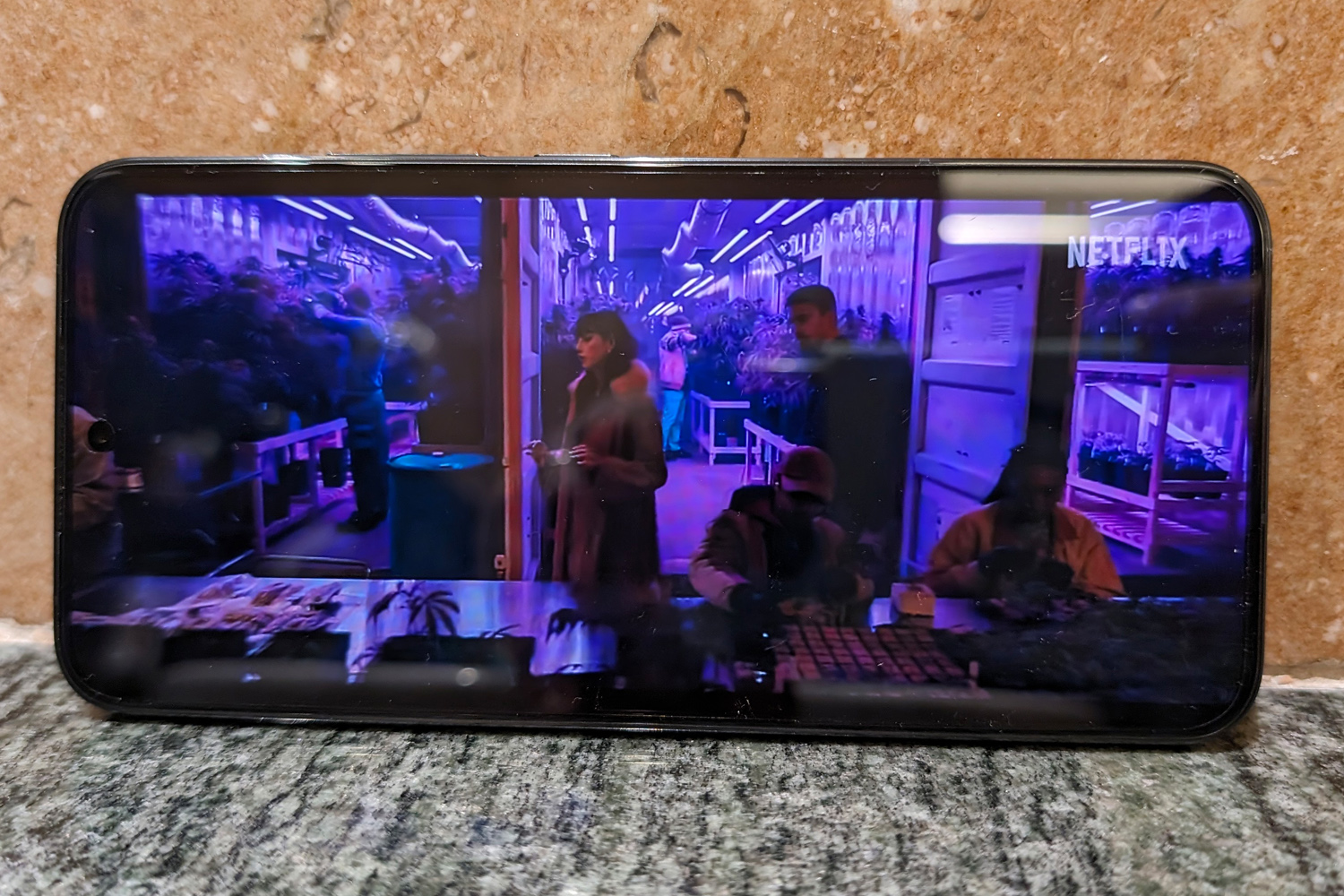
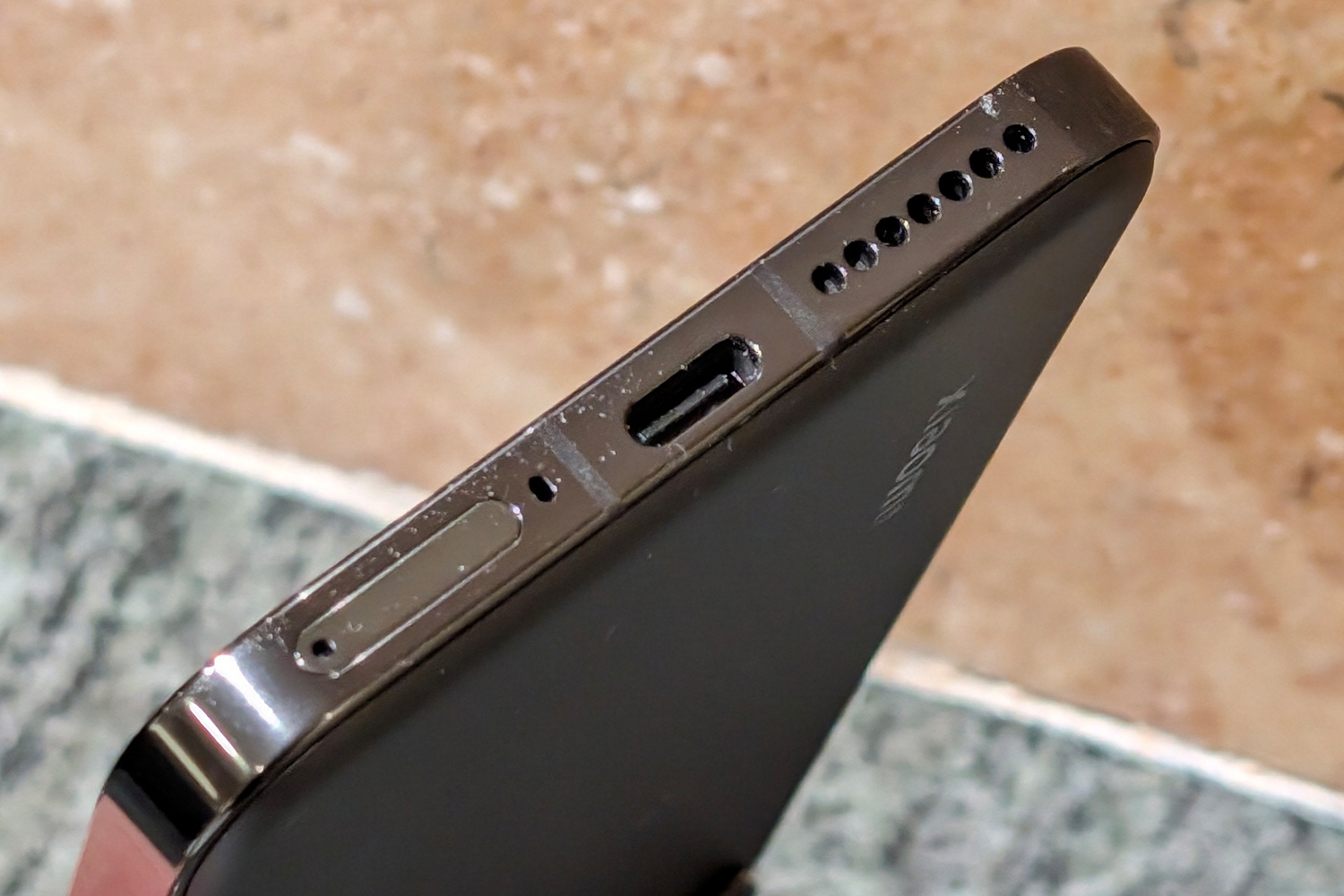
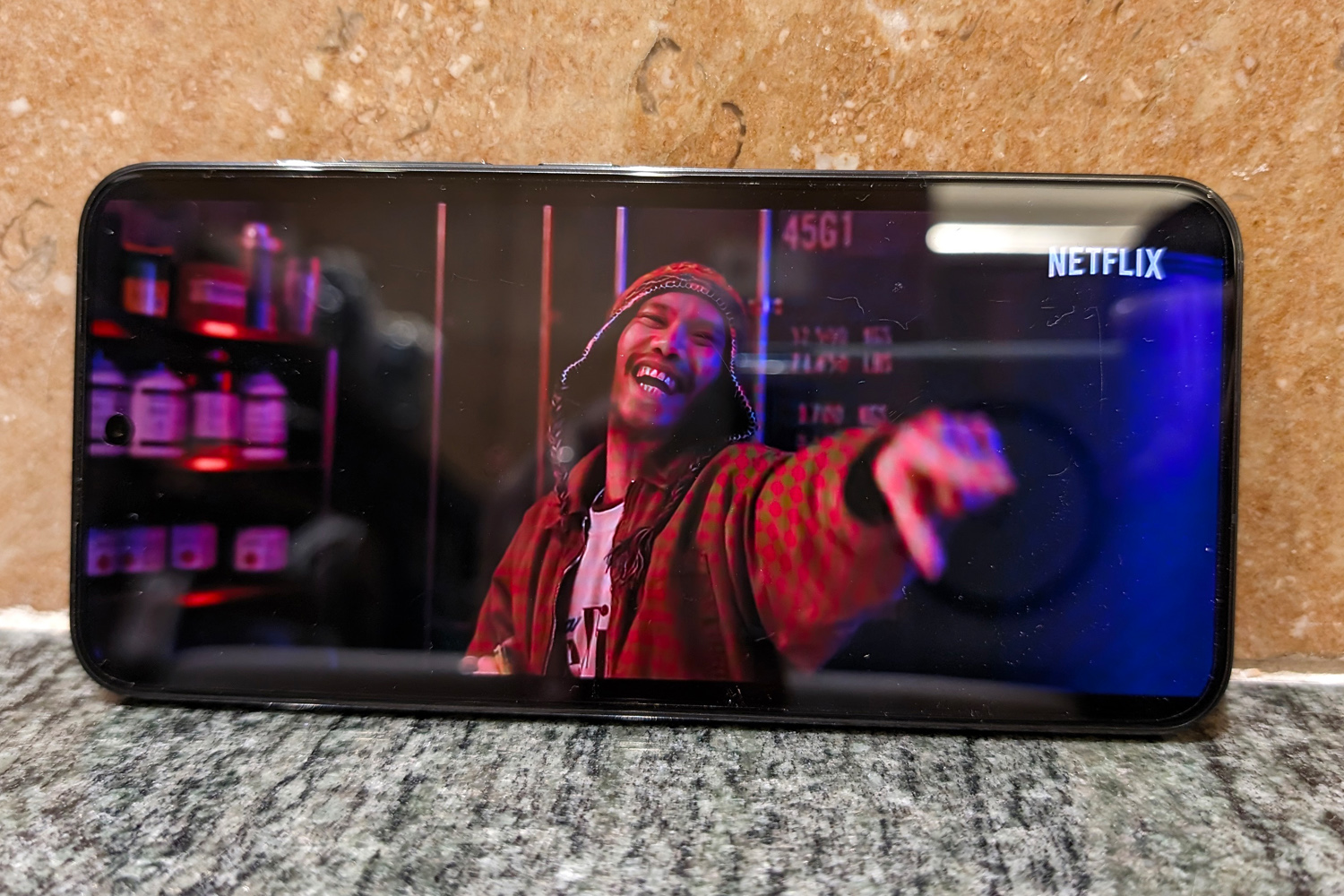
With Android phones getting bigger and bigger, it’s refreshing to see the Xiaomi 14 land with a more pocketable 6.36in screen. It’s considerably more compact than the Google Pixel 8 Pro I’d been using previously, but a little bit easier to tap out text messages than on a 6.2in Galaxy S24.
There’s an AMOLED panel, of course; find me a flagship phone in 2024 that doesn’t have one. The 2670×1200 resolution is wonderfully crisp, and the 1-120Hz variable refresh rate strikes the best balance between smooth motion and power consumption.
Viewing angles are stellar, contrast exceptional, and colours wonderfully punchy. I thought they were on the right side of realistic, though there’s a good amount of customisation options in the Display settings if you like things a little more dynamic.
Xiaomi reckons the panel can hit a peak 3000 nits for HDR video (it plays nicely with Dolby Vision, HDR10+ and HLG content); that’s a bit behind the very best smartphones on paper, but in reality videos look brilliantly bright. There’s more than enough light to use the phone outdoors under a blazing sun.
Like most modern phones the speaker setup is split between a down-firing main driver and an earpiece tweeter. It’s put to great effect here, with ample volume and good overall clarity. It’s surprisingly bass-focused, which isn’t always the best idea given the tiny speaker drivers, but it’ll still do just fine for the likes of YouTube or podcast playback.
Cameras: lots to Leica
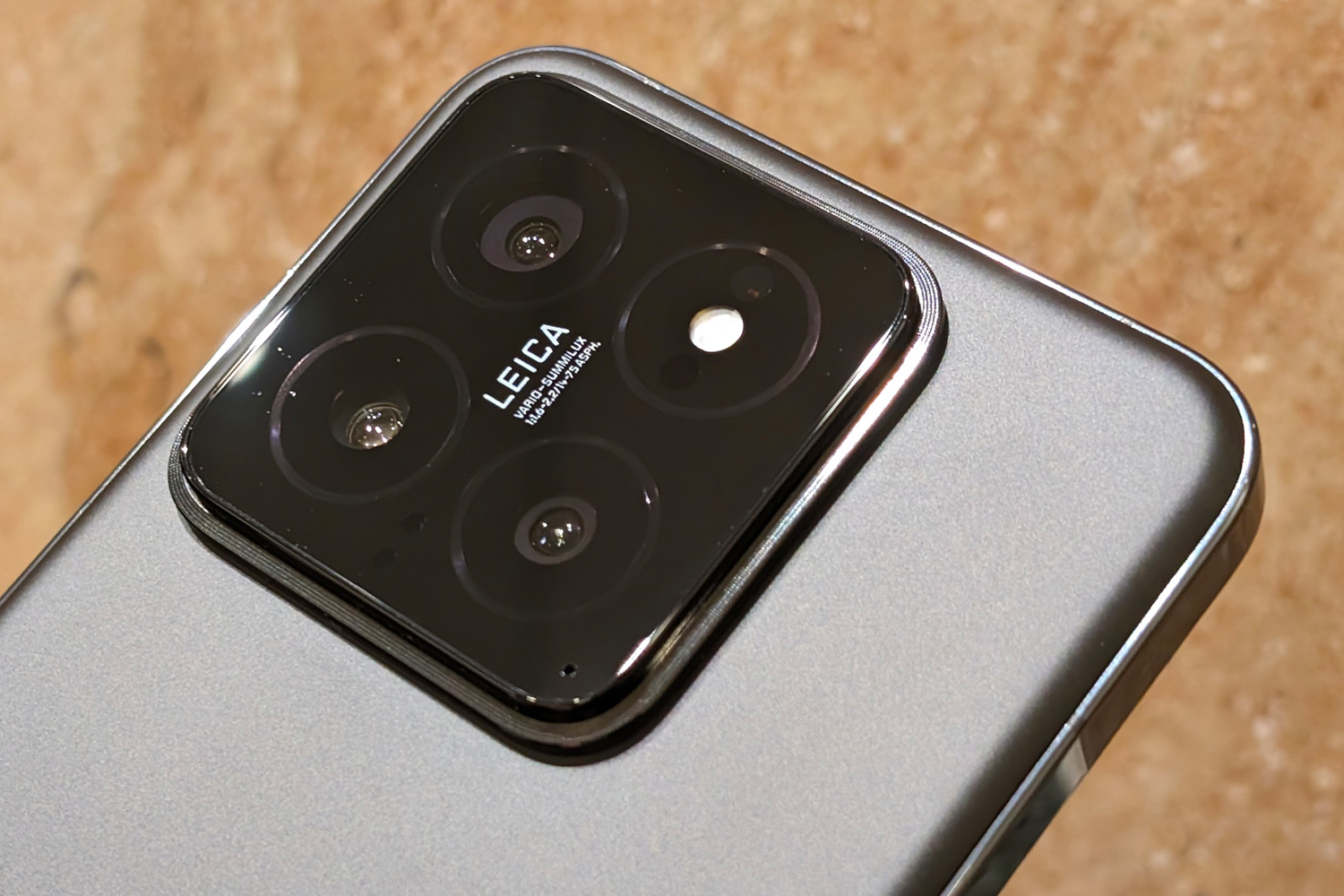
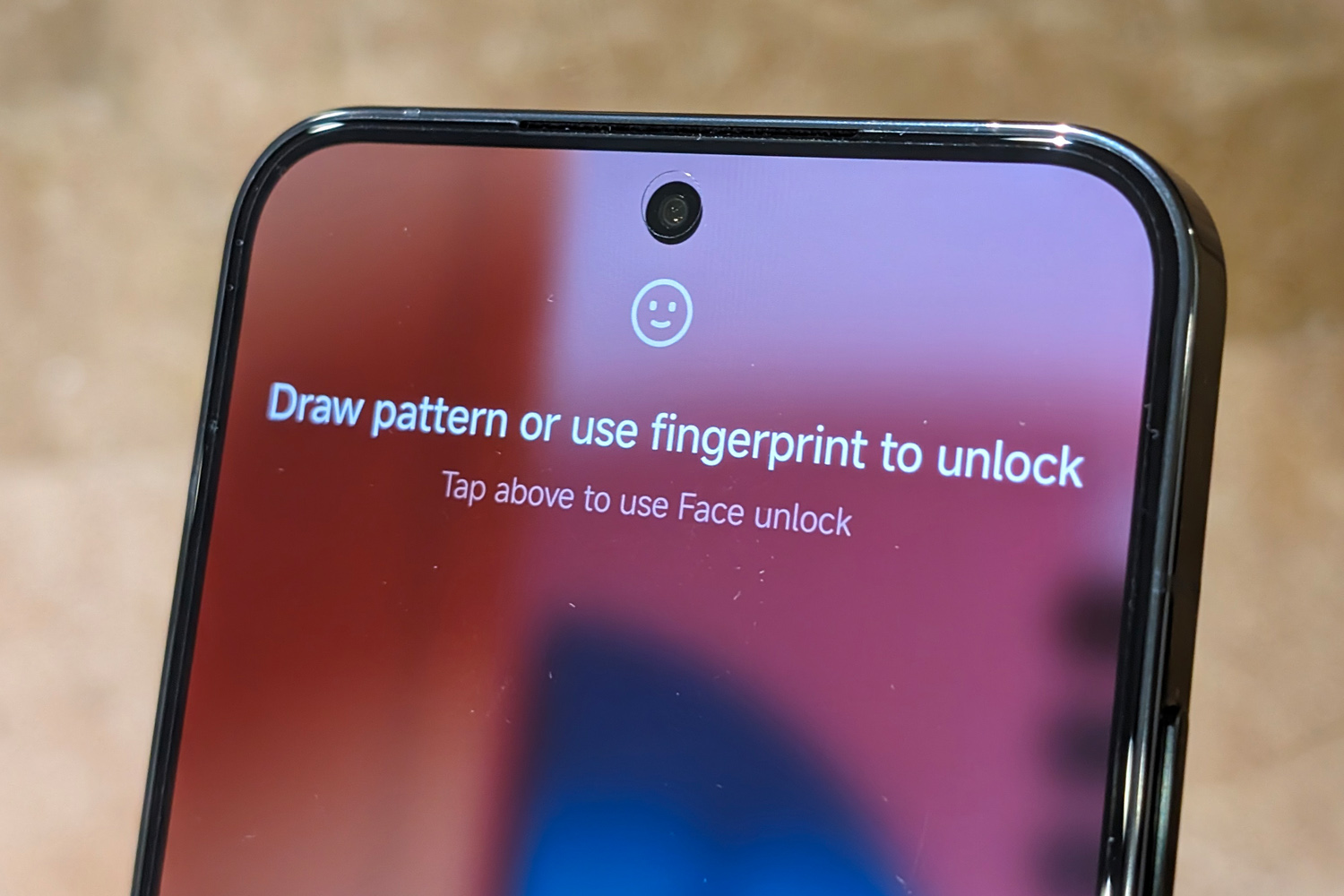
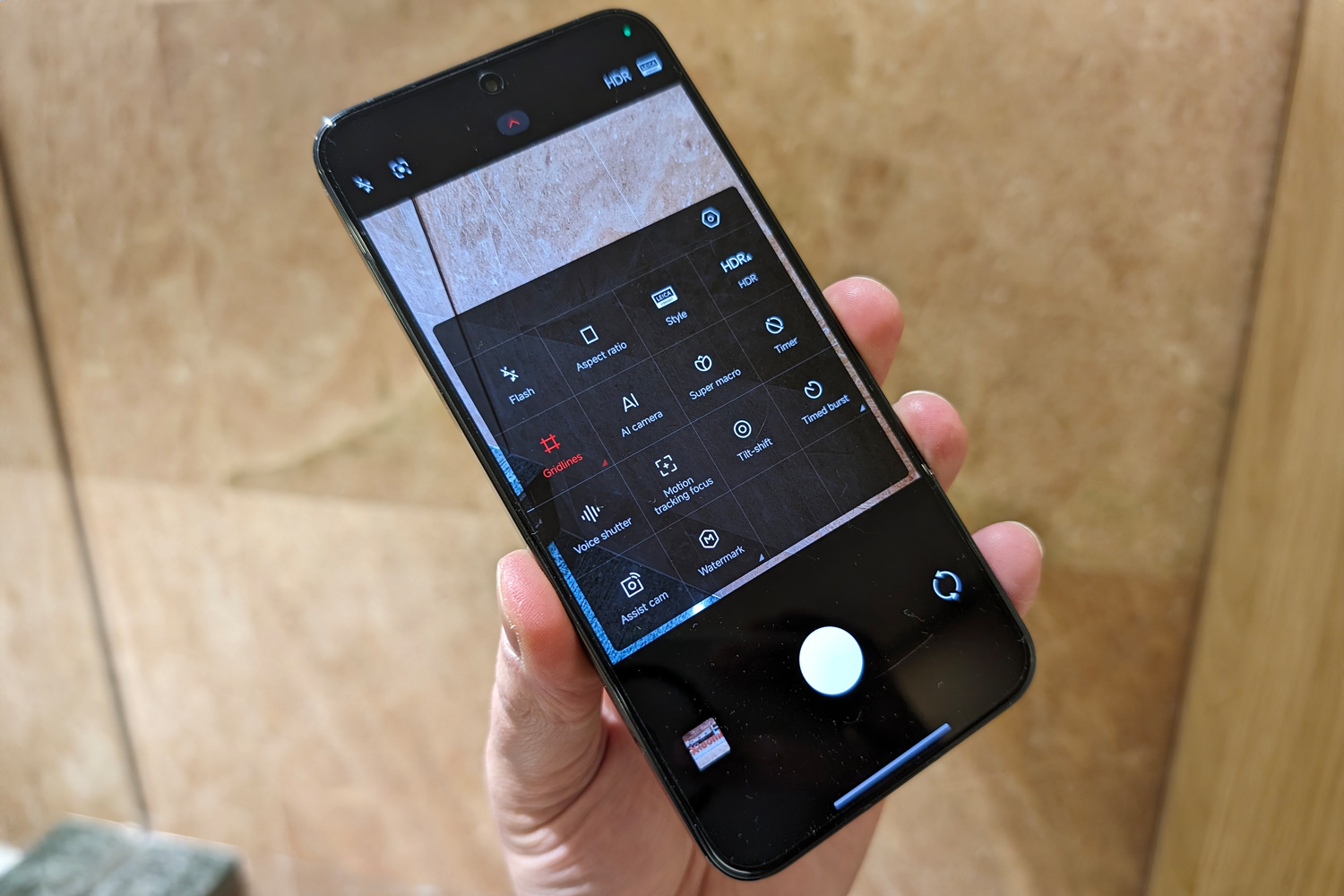
Last year’s Xiaomi 13 was a superb snapper, so I had high hopes for its replacement. The Xiaomi 14 largely delivers, courtesy of a trio of 50MP rear cameras that sit behind Leica-developed glass.
The lead unit has a 23mm focal length, expansive f/1.6 aperture, and optical image stabilisation to help with low-light shooting. The ultrawide delivers a 14mm focal length through an f/2.2 aperture; the telephoto zoom has a 62mm focal length, f/2.0 aperture and OIS. They can handle in-camera Dolby Vision capture and editing, at 4K resolution and 60fps. There’s also a 32MP front-facing webcam.
The Leica partnership extends to the image processing, with a choice of “Leica Authentic” and “Leica Vibrant” colour modes. The former delivers more muted, realistic images, while the latter boosts saturation for pics that are easy on the eye – but not necessarily true to life. I would have loved a middle ground option, as I think the Vibrant setting is a little too intense and the Authentic one slightly too neutral.
In daytime conditions dynamic range is very well maintained across all three lenses, without going overboard on the HDR effect. Particularly bright highlights and dark shadows show a bit of clipping as a result. I’m a fan of that treatment, though others might prefer what a Google Pixel or Galaxy S24 delivers. There’s an abundance of detail and noise is kept to the absolute minimum.


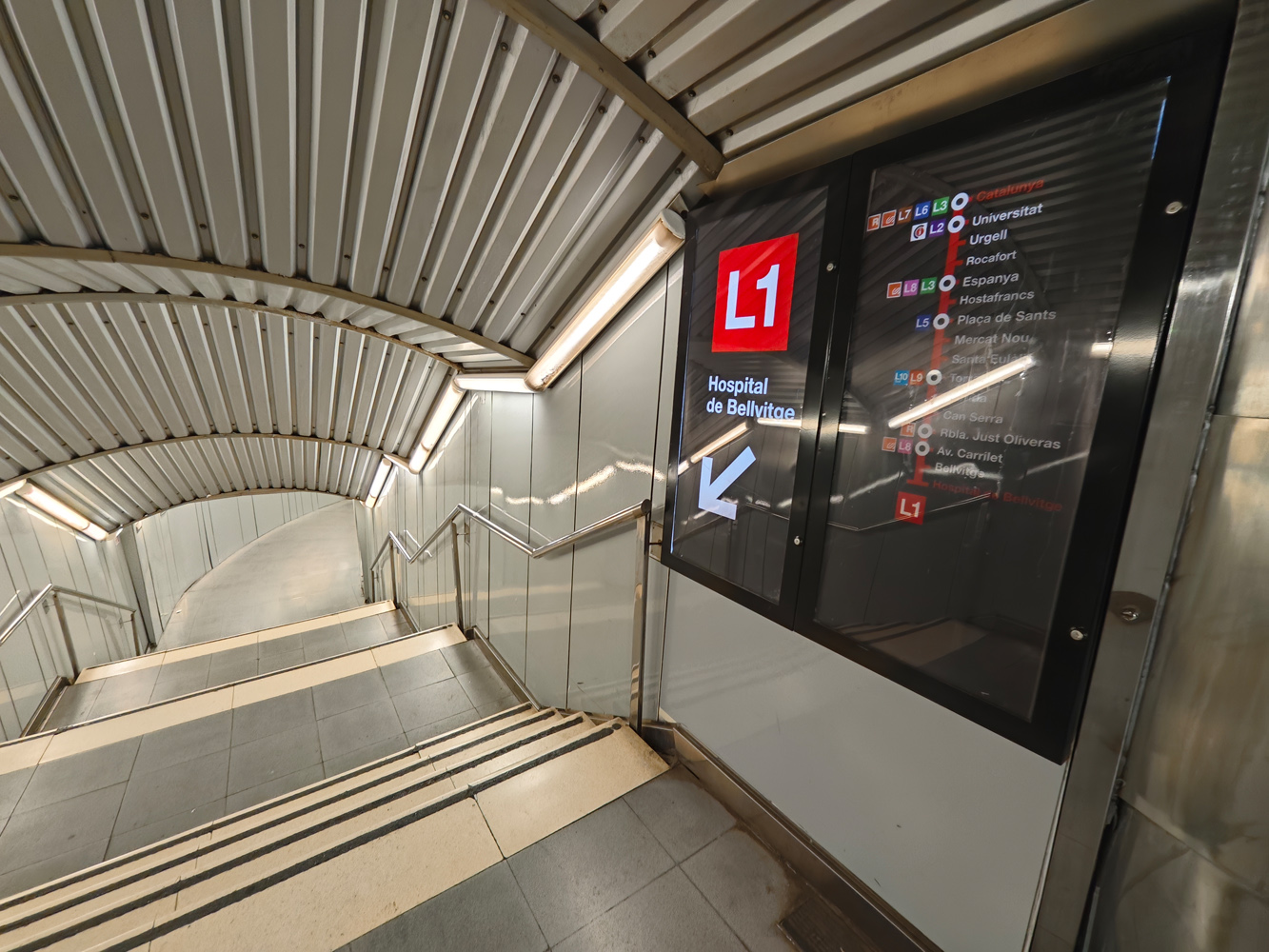



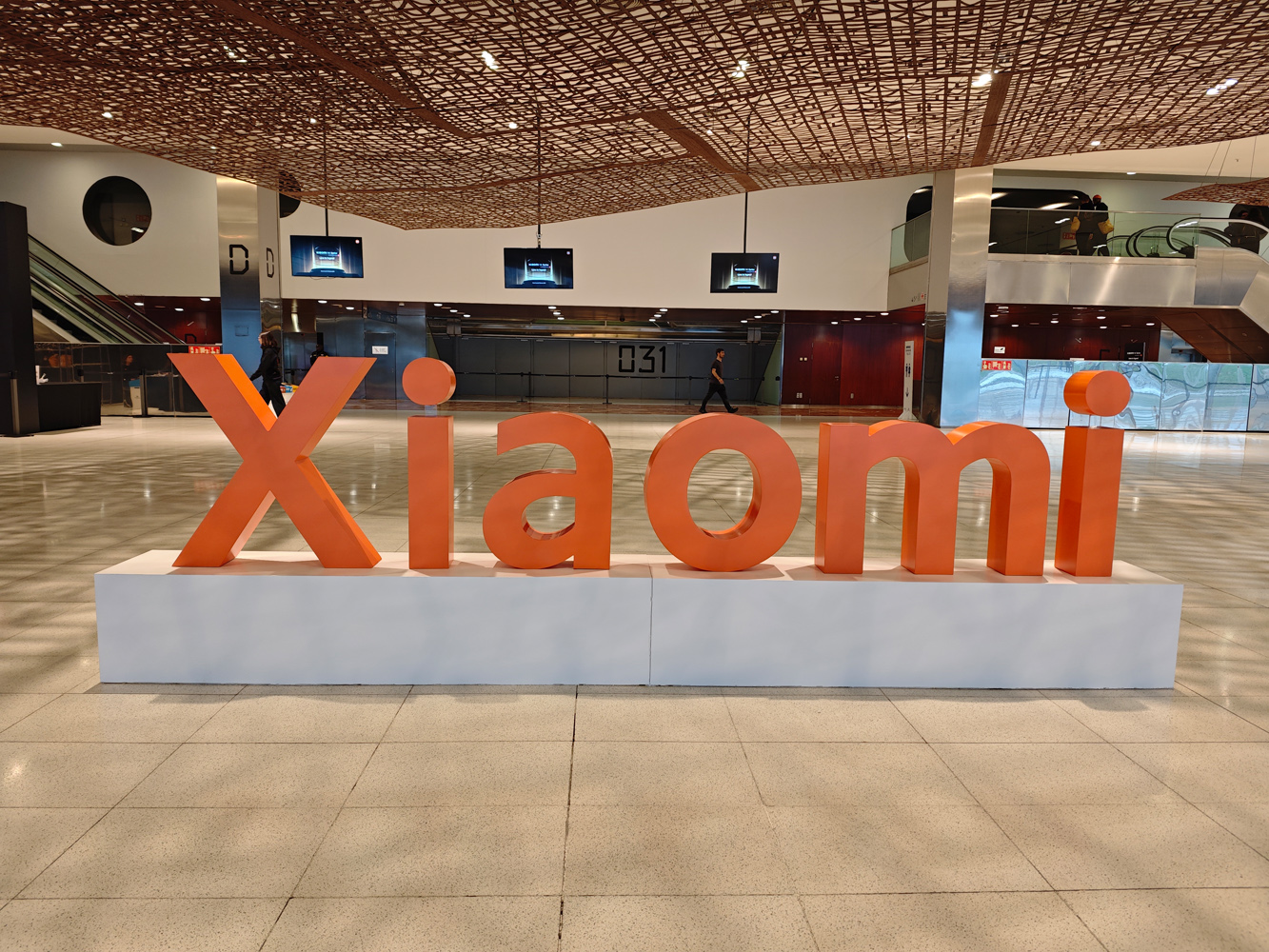







The ultrawide lens has a slightly less expansive dynamic range, and can be a little light on detail, but not so much I avoided using it. Colours aren’t as saturated, either, although the difference is very slight. This camera doesn’t fare as well at night, as it does without optical image stabilisation, but the camera app’s night mode can usually do a decent job on its lonesome. Expect a decent amount of detail and only slightly more noise.
It’s zoom where the Xiaomi 14 stands out, with the dedicated 3.2x lens being the clear winner. It delivers precise portraits, an effective macro mode, and shows great consistency with the main lens. Details are superb, as is colour and exposure. 2X shots, which use a crop of the main sensor, aren’t quite as well defined, but you’ve got to be peeking at pixels to notice.


Night mode keen to kick in across the board, but delivers excellent clarity and sharpness. Image noise is kept to a minimum on the main sensor, and the 3.2x zoom just almost as impressive. Strong artificial lights do appear blown out in places, as it tries to expose for shadow detail, but they never ruined my snaps. I liked how natural and true-to-life everything looked in terms of contrast, exposure and dynamic range.













It’s comfortably among one of the best camera phones in its class. Whether you prefer its pics to Google’s, Samsung’s or OnePlus’s is largely down to personal preference at this point.
Software experience: Hyper than hype
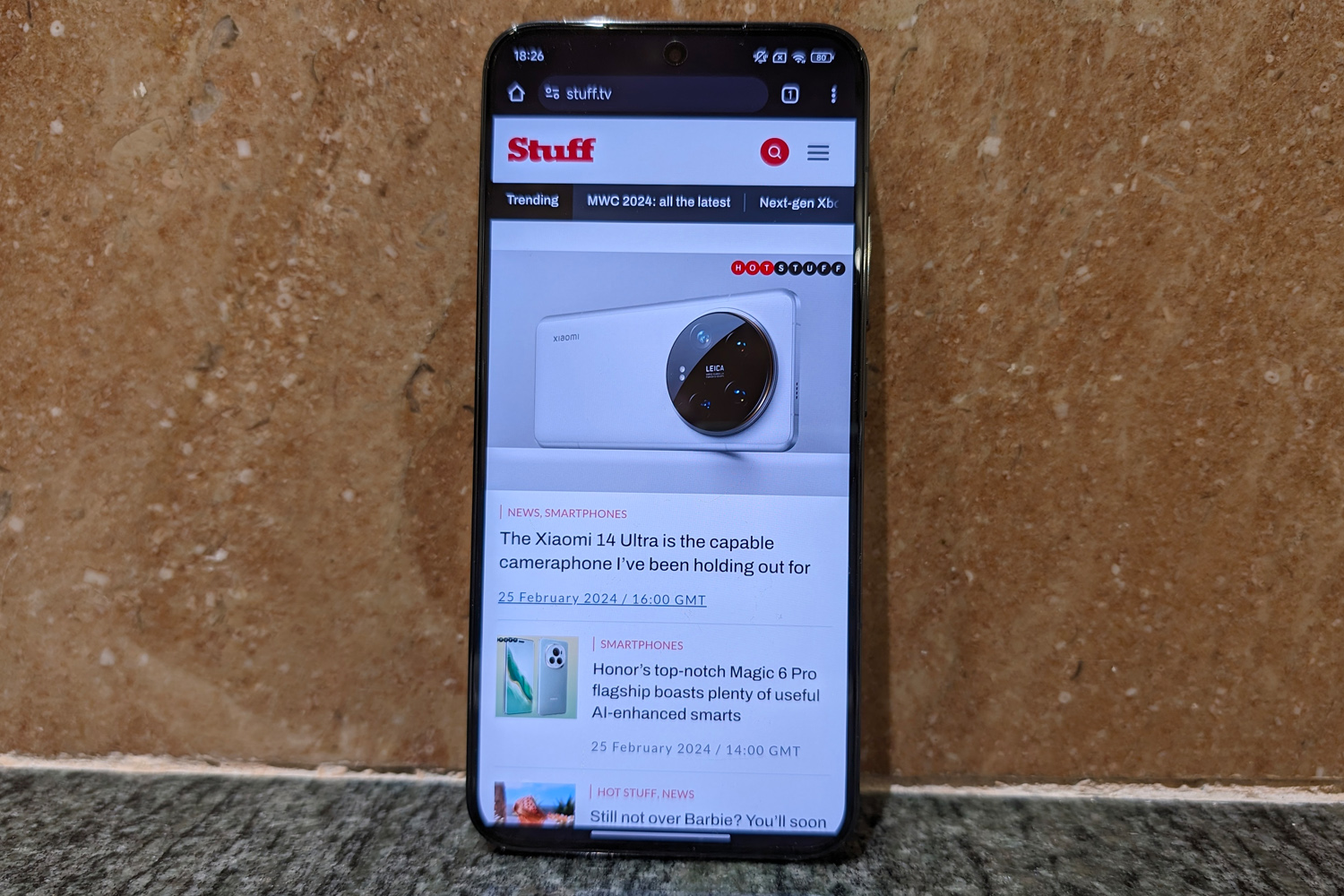
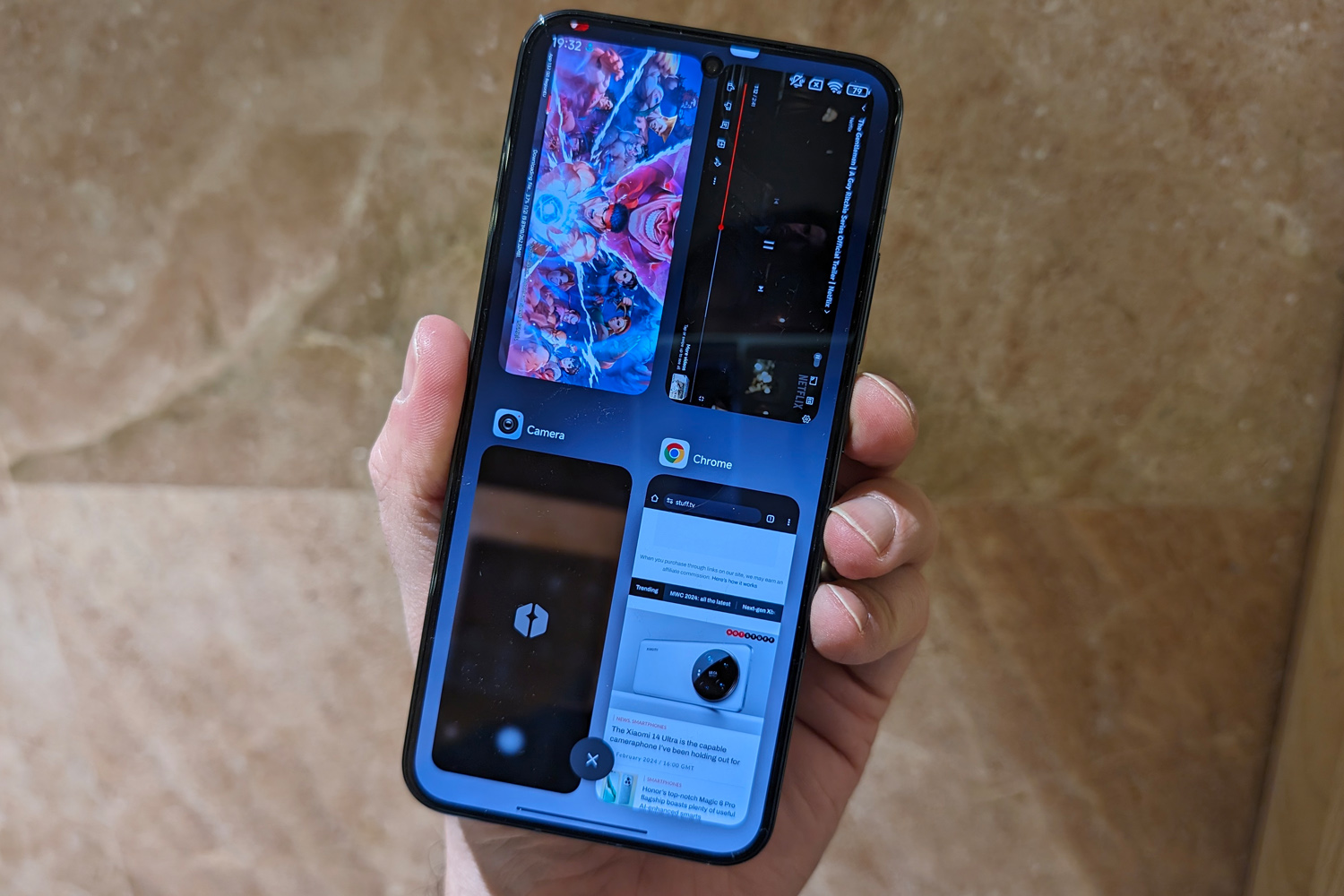
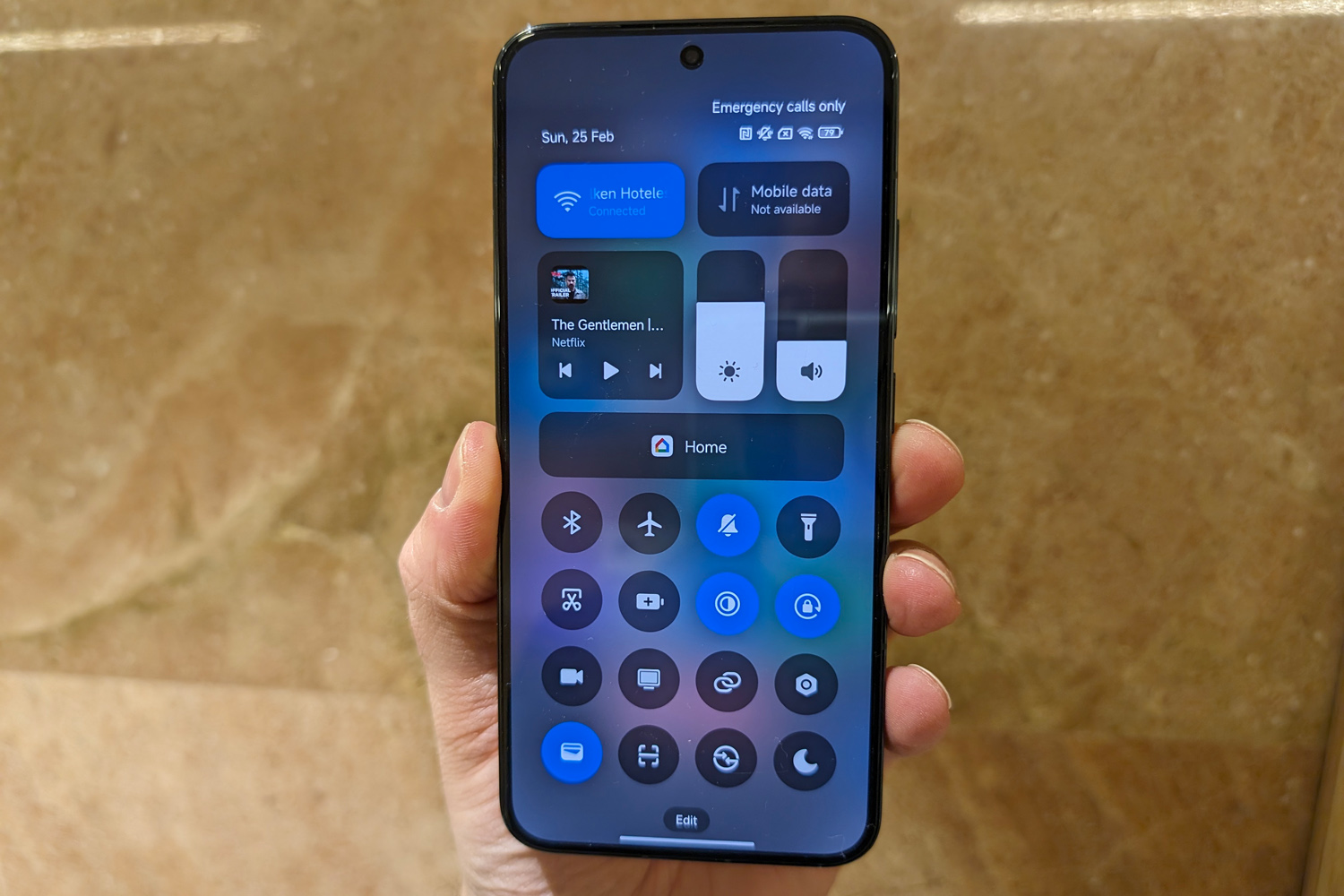
The Xiaomi 14 is the first chance I’ve had to test HyperOS, Xiaomi’s latest take on Android. The skin is quite the departure from Google’s stock UI, but not a massive departure from the firm’s outgoing MIUI interface. The two-pane quick notification menu, lack of an app drawer, and custom icons gave me real iOS vibes.
It doesn’t introduce a whole host of new features, instead applying a sizeable coat of paint to Xiaomi’s typical UI elements. There are some impressive AI additions due later down the line, including a clever AI portrait photo mode than can basically plaster your face into any location or angle you’d care to mention, though I don’t know when it’ll actually arrive. Samsung and Google still have more to offer on this front, though.
My review unit had a bunch of pre-installed apps I’d hesitate to call bloatware, but still saw me reach for the uninstall button. There are also loads of own-brand apps, which you might not find especially useful if you’re all-in on Google’s defaults. Xiaomi’s bespoke app store feels redundant when Google Play is present and correct; I avoided using it, even though the phone tried very hard to point me towards it. Searching for an app using the homescreen search bar would open Xiaomi’s store, not Google’s.
Xiaomi is promising four years of Android version updates, as well as five years of security updates. That’s a decent effort, if the firm delivers, although it falls a little short compared to Samsung and Google.
Performance & battery life: plenty of power
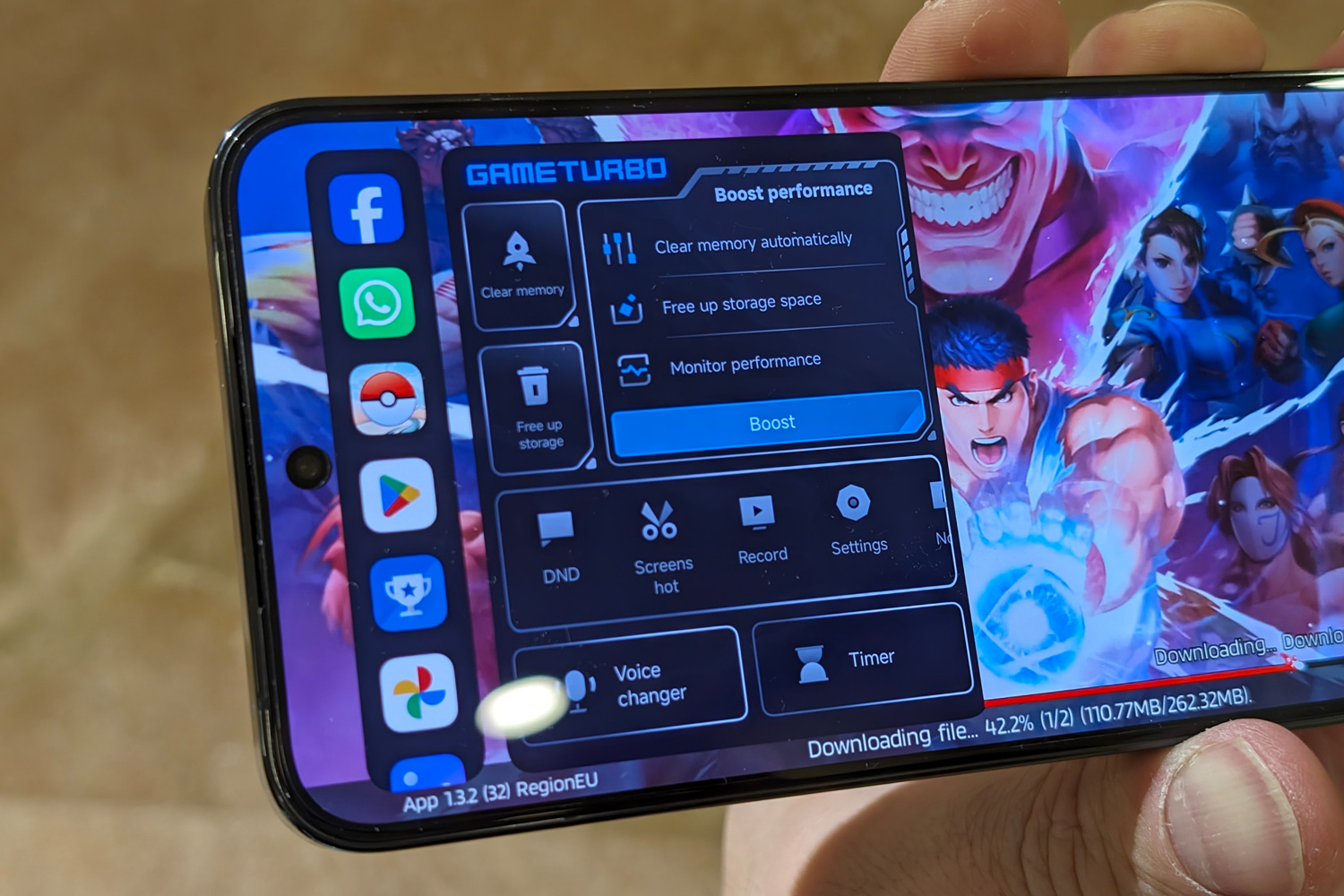
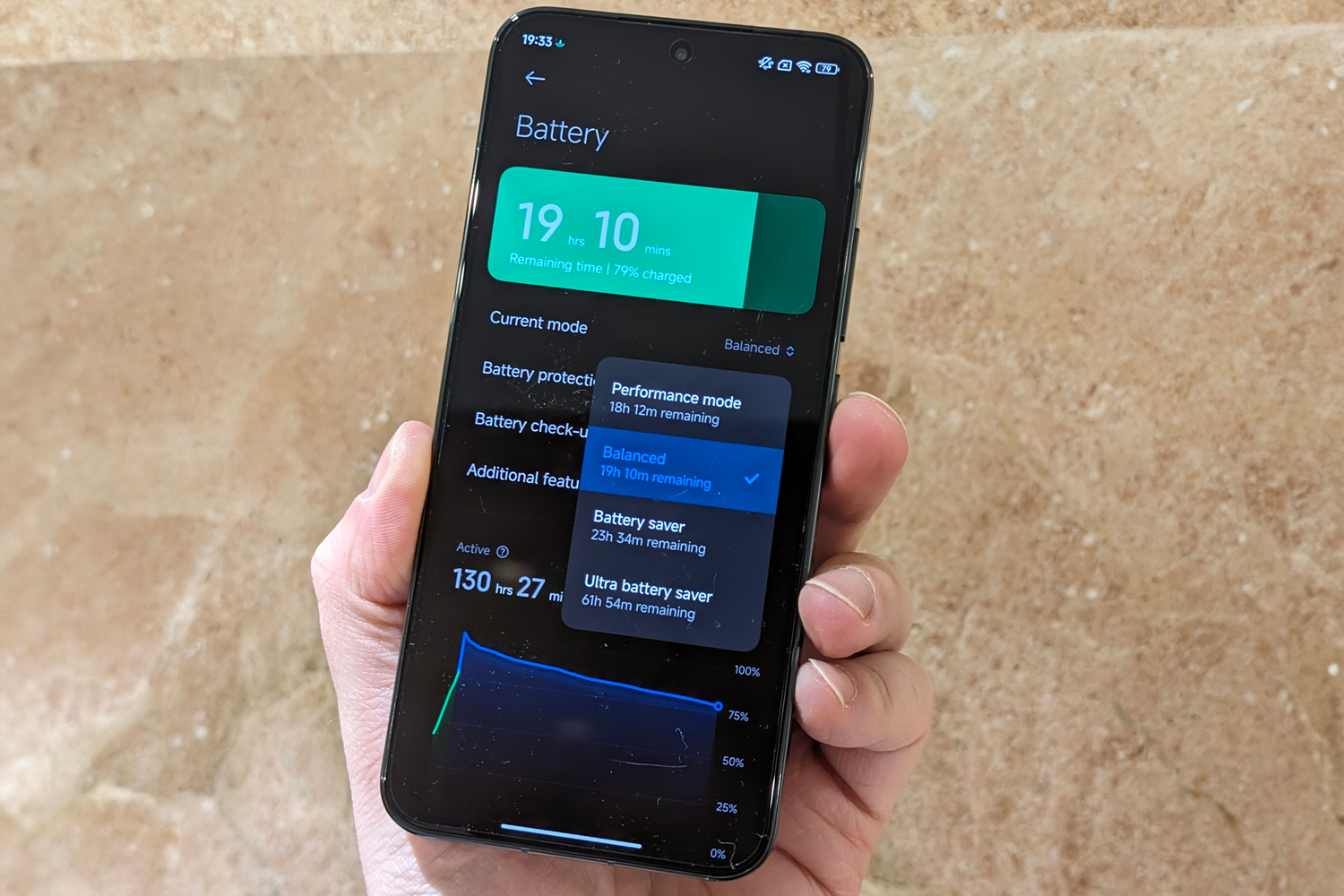
It might be on the smaller side, but the Xiaomi 14 isn’t lacking in the performance department. It’s packing a Snapdragon 8 Gen 3 CPU and 12GB of RAM, which provides more than enough oomph for smooth running in any app or game you’d care to name. The Android home screen felt perfectly smooth, apps loaded in a blink, and games largely defaulted to their highest detail settings.
It could handle a heavy Genshin Impact session with no slowdown or stuttering. Xiaomi reckons the 14’s IceLoop cooling system can keep temps at a lukewarm 43 degrees Celsius, even after 30 minutes of play at 60fps; the phone didn’t get overly warm to the touch when I played for that long.
Gaming will happily sap the 4610mAh battery at an alarming pace, but the Xiaomi 14 otherwise has a very decent lifespan for daily duties. The firm reckons it’ll manage an extra hour than the outgoing Xiaomi 13, with 15 hours of continuous use; in my testing it absolutely schools the Exynos-powered Samsung Galaxy S24, which also makes do with a much smaller cell. The Xiaomi 14 also outlasted the iPhone 15 Pro and Google Pixel 8. A full day of use is no problem at all, even with a healthy amount of screen-on time or 4K video recording using those killer rear cameras.
USB-C rapid charging now hits 90W with a potent enough power brick; that’s enough for a 100% refuel in just over 30 minutes. 50W wireless charging is also pretty quick, if you have the right Qi-compatible pad.
It’s great to see Xiaomi opt for 256GB of storage for the entry-grade model; a Galaxy S24 may be cheaper, but it makes do with 128GB. With no microSD card slot, extra capacity is always welcome.
Xiaomi 14 verdict

Xiaomi’s mainstream flagships have long delivered plentiful performance and clean cameras. That hasn’t changed for 2024. The Xiaomi 14 is a great-looking handset that feels wonderfully snappy in use; the screen is very easy on the eye, and its size continues to set it apart from Apple and Samsung’s equivalent models – without treading on the toes of the top-tier Xiaomi 14 Ultra.
It takes wonderfully detailed photos that comfortably keep pace with the best Apple, Google and Samsung have to offer, even if I’m not always a fan of Xiaomi’s colour treatment. Battery life is comfortably better than the Big Three’s most recent models, too.
I still have to give the OnePlus 12 top billing as my favourite non-Google/Apple/Samsung smartphone – but if you’re all about smaller handsets that doesn’t compromise quite as much as the competition, consider this a five star score.
Stuff Says…
Compact (but not too compact) competition for Android’s big hitters, with capable cameras and plenty of power. The Xiaomi 14 has carved out a very compelling niche.
Pros
Distinctive, detailed rear camera trio
Flagship power and battery life
Colourful, detailed display
Cons
HyperOS has a few quirks
Design follows the crowd instead of trying something unique
Xiaomi 14 technical specifications
| Screen | 6.36in, 2670×1200 AMOLED w/ 120Hz LTPO |
| CPU | Qualcomm Snapdragon 8 Gen 3 |
| Memory | 12GB RAM |
| Cameras | 50MP, f/1.6 main w/ 23mm focal length, OIS 50MP, f/2.0 telephoto zoom w/ 62mm focal length, OIS 50MP, f/2.2 ultrawide w/ 14mm focal length 32MP, f/2.0 front |
| Storage | 256/512GB on-board |
| Operating system | Android 14 w/ HyperOS |
| Battery | 4610mAh w/ 90W wired, 50W wireless charging |
| Dimensions | 153x72x8.2mm, 193g |



